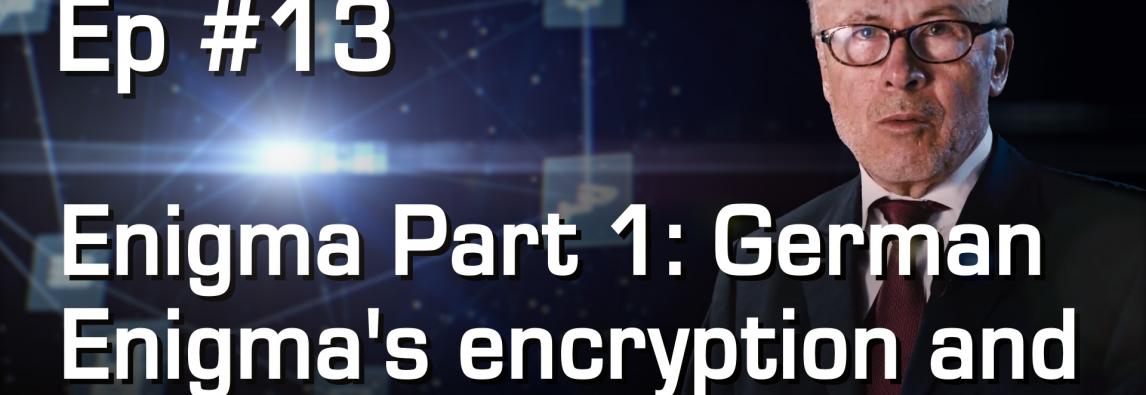
Enigma Part 1: German Enigma’s encryption and its major weaknesses | #13
To begin with, Jack sheds light on the problem with the famous German coding machine Enigma used extensively during World War II by the German military. Its weakest part was human factor, as he explains. This, in turn, is essential in Human-to-Machine authentication nowadays.
Therefore, human error of iterating the same message while sending encoded information through Enigma drew attention to two problems. First of all, human operators were flawed and secondly, the very machine was flawed as well. These were the causes for the messages sent to trace the patterns which led to decryption.
What is Enigma?
Like all the best cryptography, the Enigma machine is easy to depict, yet incensing to break.
Enigma was imagined by the German specialist Arthur Scherbius toward the finish of World War I. The German firm Scherbius and Ritter, helped to establish by Arthur Scherbius, licensed thoughts for a figure machine in 1918 and started advertising the completed item under the brand name Enigma in 1923, at first focused at business markets. Early models were utilized monetarily from the mid 1920s, and received by military and taxpayer supported organizations of a few nations, most strikingly Nazi Germany previously and during World War II.
How does it work?
Straddling the mechanical-electrical boundary, Enigma looked like an oversize typewriter from the outside. Enter the message’s first letter on the keyboard and a letter will light up indicating what it has replaced inside the encrypted message. The process is the same at the other end: type in the “ciphertext” and the letters which light the decoded missive is.
Enigma has an electromechanical mechanism for the rotor which scrambles the alphabet’s 26 letters. One person in normal usage enters text on the Enigma keyboard and another person writes down which of the 26 lights above the keyboard lights up at each press key. If plain text is entered, the encoded ciphertext shall be the lit-up letters. Entering ciphertext transforms it back into plaintext which can be read.
The rotor mechanism with each key-press changes the electrical connections between the keys and the lights. System protection depends on regularly updated Enigma machine settings, based on previously circulated secret key lists, and other settings that change for each message. To successfully decrypt a message the receiving station must know and use the exact settings used by the transmitting station.
The second rotor clicks round until the first rotor has rotated through all 26 locations, and when that’s done round all the way, the third one does the same, leading to more than 17,000 possible configurations before the encryption cycle repeated itself. A plugboard was connected to the scrambling, located between the main rotors and the input and output, which exchanged pairs of keys. Up to six pairs could be switched in this way in the early machines; later versions increased it to 10, and introduced a fourth rotor.
In a correctly encoded piece of information one should never be able to detect the very pattern of such a message, even if it’s repeated over and over again. Despite of all its complex mechanisms Enigma had its weaknesses that were exploited and led to first Enigma code breaking by the group of Polish mathematicians already in 1933. All in all, strong and appropriately used encryption prevents from hacking – and that how Cyberus Labs’ secret solution works.
Read more about our solution here.
ELIoT Pro Lightweight Encryption has learned the lesson of cryptography from the experience of the Enigma breakers. That is why Lightweight Encryption was designed in the way, so it does not create patterns in coded messages and is immune to human errors during the encryption and decryption process.








